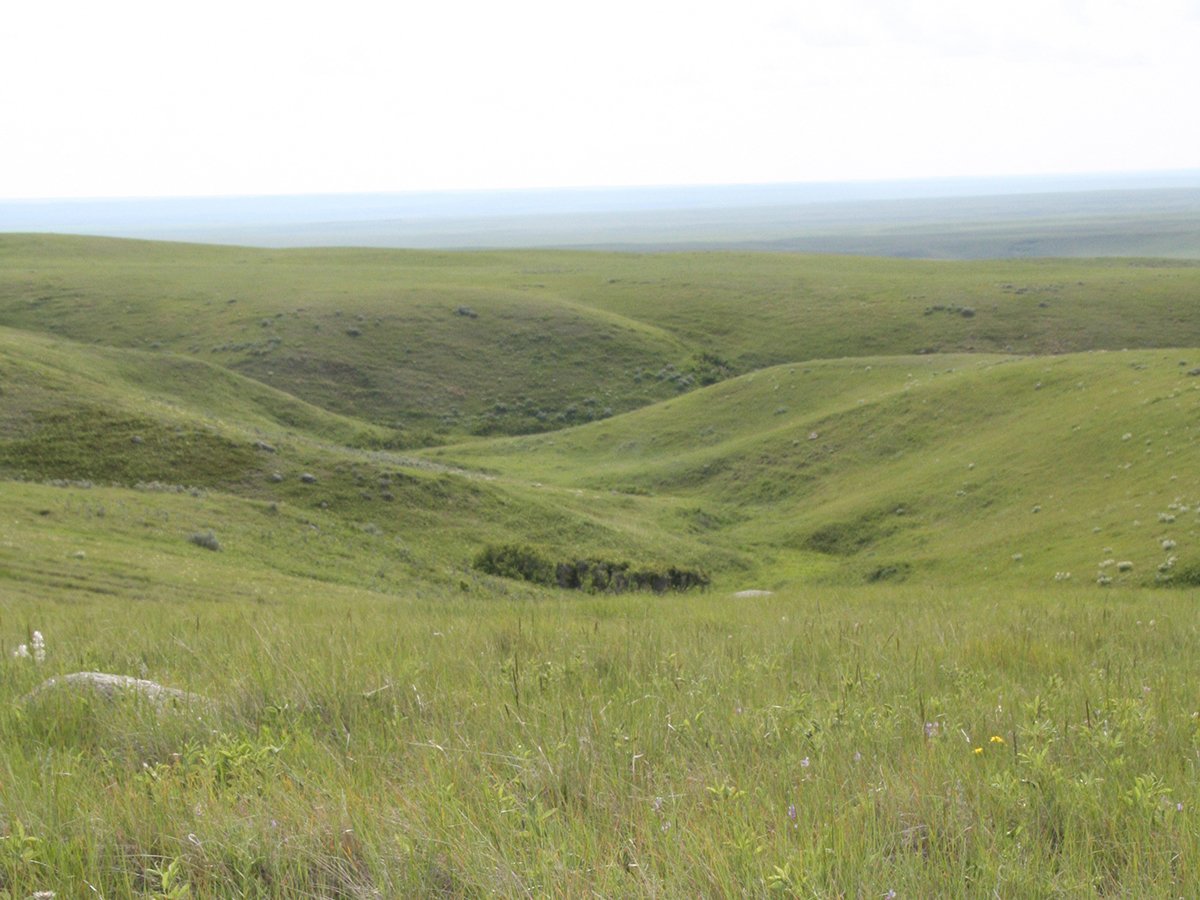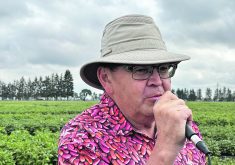Glacier FarmMedia – Manitoba dry bean producers have planted their largest acreage in more than two decades, with this year’s plantings reaching levels not seen since the early 2000s.
Dry bean acreage across all types reached around 207,000 acres in 2025, representing a significant increase from last year’s 182,000 acres.
“That’s actually impressive. We haven’t seen those numbers for a long, long time, actually, probably since … that 2003, 2002 range,” Dennis Lange, pulse specialist with Manitoba Agriculture, said during a late July webinar.
Read Also

Alberta irrigation project on grasslands approved
Environmental concerns raised by Alberta conservation groups over irrigation expansion project within rural municipality
The increase has been driven primarily by pinto bean production, which has set what appears to be an all-time record with 123,000 acres planted, Lange said.
That would be the second year in a row that the crop has set a record. Last year, Manitoba Agricultural Services Corp. noted more than 111,000 acres. The year before that, the crop insurance provider noted 81,814 acres.
Current acreage levels are more than double what would have been normal a decade ago.
Other dry bean varieties also showed strong planting numbers.
Black beans remained relatively stable at about 48,000 acres, similar to last year. White beans increased to 21,000 acres. The remaining acreage includes a mix of kidney beans, cranberry beans, small red beans, pink beans, great northern beans and otebos.
The strong dry bean numbers are part of a broader trend in Manitoba pulse and oilseed production, Lange said.
“Soybean numbers right now (are) looking like 1.5 million acres. That’s up. That was kind of expected that we’d see a slight increase over the 1.3 million acres that we saw last year, and field peas were actually up as well, about 184,000 acres.”
The province is also seeing modest increases in other pulse crops.
“Favabeans (are) just over 3,000 acres this year, and for lentils, we’re getting close to that 2,000-acre mark,” Lange said.
Soybeans were showing varying degrees of stem, leaf, flower and pod deformations attributed to several causes, according to a July 30 update from Manitoba Pulse and Soybean Growers. These included rapid growth syndrome, where new leaves show bubbling and crinkling as the leaf interior grows quicker than veins and edges can accommodate.
Suspected herbicide drift, particularly Group 4 herbicides, has also been reported, though the update cautioned that rapid growth syndrome can produce similar symptoms.
Some fields were also experiencing suspected environmentally induced male plant sterility, where extreme temperature fluctuations can cause plants to become sterile, with reproductive structures becoming shrunken and hard.
Soybeans were showing signs of moisture stress. Leaves have turned upside down or closing on some fields — a physiological response to reduce sun exposure and retain water.
The acreage increases come as producers navigate disease pressures such as bacterial blight in field peas and white mold concerns in soybeans and dry beans in those areas that have received moisture and that have dense canopies. The crop update reported that ongoing fungicide applications in dry beans were ongoing, and producers were watching the weather closely to decide if they have to spray.
There are soybean aphids showing up in more fields, and two-spotted spider mites have been reported for the first time this season.
Pea aphids have also made themselves known in field pea crops, though they’re no longer considered a threat because the plants have matured beyond the point where the pests could cause significant yield loss.


















